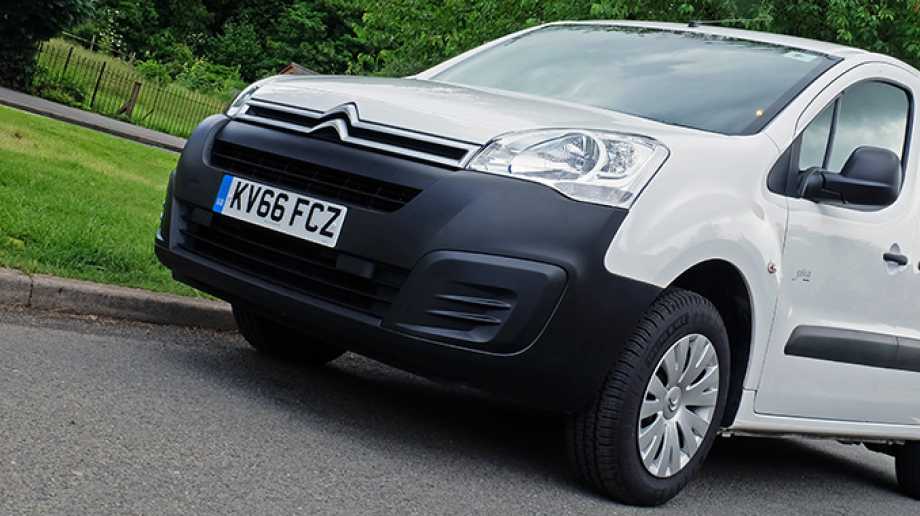First drive: Citroën Berlingo Electric L1 635 LX

Recently revised, the Citroën Berlingo Electric now offers more to LCV operators, including cost savings, as well as a larger L2 variant
What is it?
The all-electric version of the Citroën Berlingo van first arrived in 1998, and the second‑generation model was ushered in during 2013. Only initially available in 1,800mm load-length ‘L1’ configuration, Citroën added a longer wheelbase 2,050mm load‑length ‘L2’ version earlier this year.
How practical is it?
The Berlingo Electric L1 635 LX has a payload of 636kg, and a carrying capacity of 3.3m3. The L2 version sees the cargo capacity grow to 3.7m3. This can be further extended to 4.1m3 – 3.7m3 on the smaller L1 – thanks to the Extenso folding passenger bench seat.
On both vans, the lithium‑ion battery packs are fitted under the loadspace floor, so the interior cargo dimensions are the same as their diesel‑engined siblings. The Berlingo Electric L1 has a sliding door on the nearside as well as rear opening asymmetric doors, while the larger L2 version boasts twin sliding side doors.
What range does it have?
The 49kW (67bhp) permanent magnet synchronous electric motor/22.5kWh lithium‑ion battery pack drivetrain gives the Berlingo Electric L1 635 LX an official range of up to 106 miles, or 80-90 miles in the real world.
How long does it take to charge?
Both L1 and L2 versions of the Citroën Berlingo Electric van can be recharged to 80 per cent of their capacity in 30 minutes from a 50kW (DC) CHAdeMO rapid charge point. All Berlingo Electrics are also supplied with a 16A Type 2 charging cable which is compatible with more common public charging points (8 hours), while using a 13A household/domestic socket increases charging time to 10 hours.
How does it drive?
The Berlingo Electric’s powertrain drives the front wheels through a speed reducer and single ratio gearbox. As you’d expect from an electric vehicle, acceleration is brisk, thanks to the electric motor’s 148lb ft (200Nm) of torque from standstill. Aside from the obvious lack of noise, it’s just like driving a normal van. Under deceleration, the drive motor also provides regenerative braking, helping to recharge the batteries and reduce brake wear, also saving on maintenance bills.
What does it cost?
The Citroën Berlingo Electric L1 635 LX is priced at £21,750, while the bigger appetite L2 costs £22,180. The Plug-in Van Grant (PiVG) from OLEV also discounts 20 per cent of the price including VAT, excluding on-the-road costs.
How much does it cost to tax?
All zero‑emission Citroën Berlingo Electric vans are exempt from Vehicle Excise Duty (VED), which brings a further saving of £230 per year when compared to diesel rivals.
Why does my fleet need one?
As well as being practical and easy to use, the Citroën Berlingo Electric L1 635 LX offers sizable savings compared to diesel‑engined vans, especially if operated in London. These potential savings and no VED add weight to Citroën’s claims that the electric Berlingo can pay for itself in as little as three years, and are the icing on an already‑tempting zero‑emission LCV cake.









